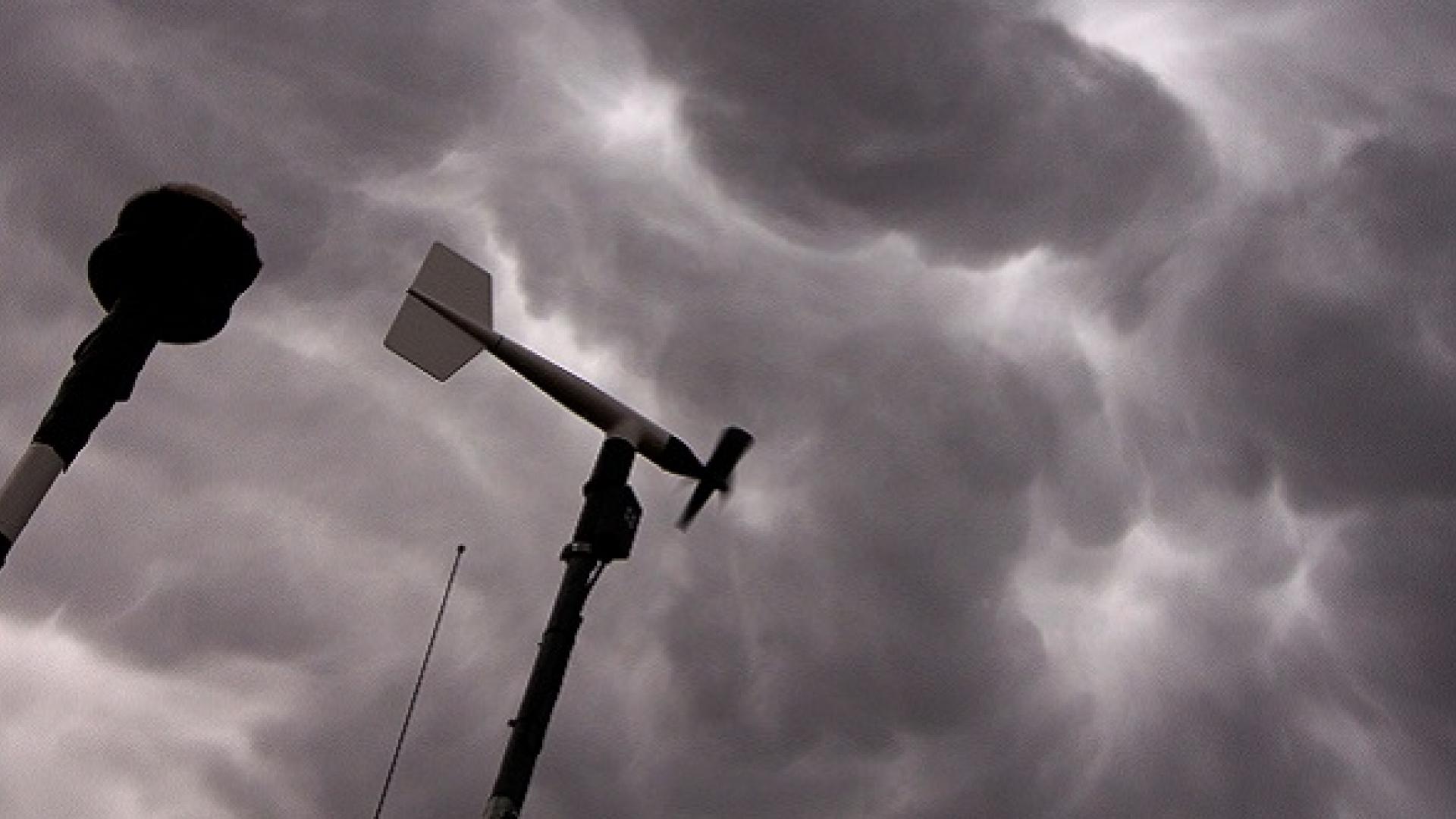© Alamy Ryan McGinnis
Modeling environmental data, such as regional wind speed or temperature, is a complicated business. To model data statistically requires significant assumptions about its behavior over time and space—yet arriving at those assumptions requires an understanding of the data that can generally only be obtained by modeling. It’s a catch-22 that presents a major obstacle to progress in large-scale environmental and climate modeling, particularly for extreme events.
KAUST researcher Raphaël Huser, in collaboration with colleagues from France and Switzerland, has now developed a modeling framework that lets the data define its own behavior around extreme events without the need for restrictive predetermined assumptions.
“Environmental extremes, such as extreme wind gusts, floods, or heat waves, are often spatially dependent,” explains Huser. “That is, two neighboring measurement stations may, and often do, experience extreme events simultaneously. But does this dependence stabilize or weaken as the event becomes more extreme? Classical statistical models require the nature of this extremal dependence to be defined before modeling, but because extreme events are scarce, it can be very difficult if not impossible to correctly guess the dependence class in advance.”
Read the full article

